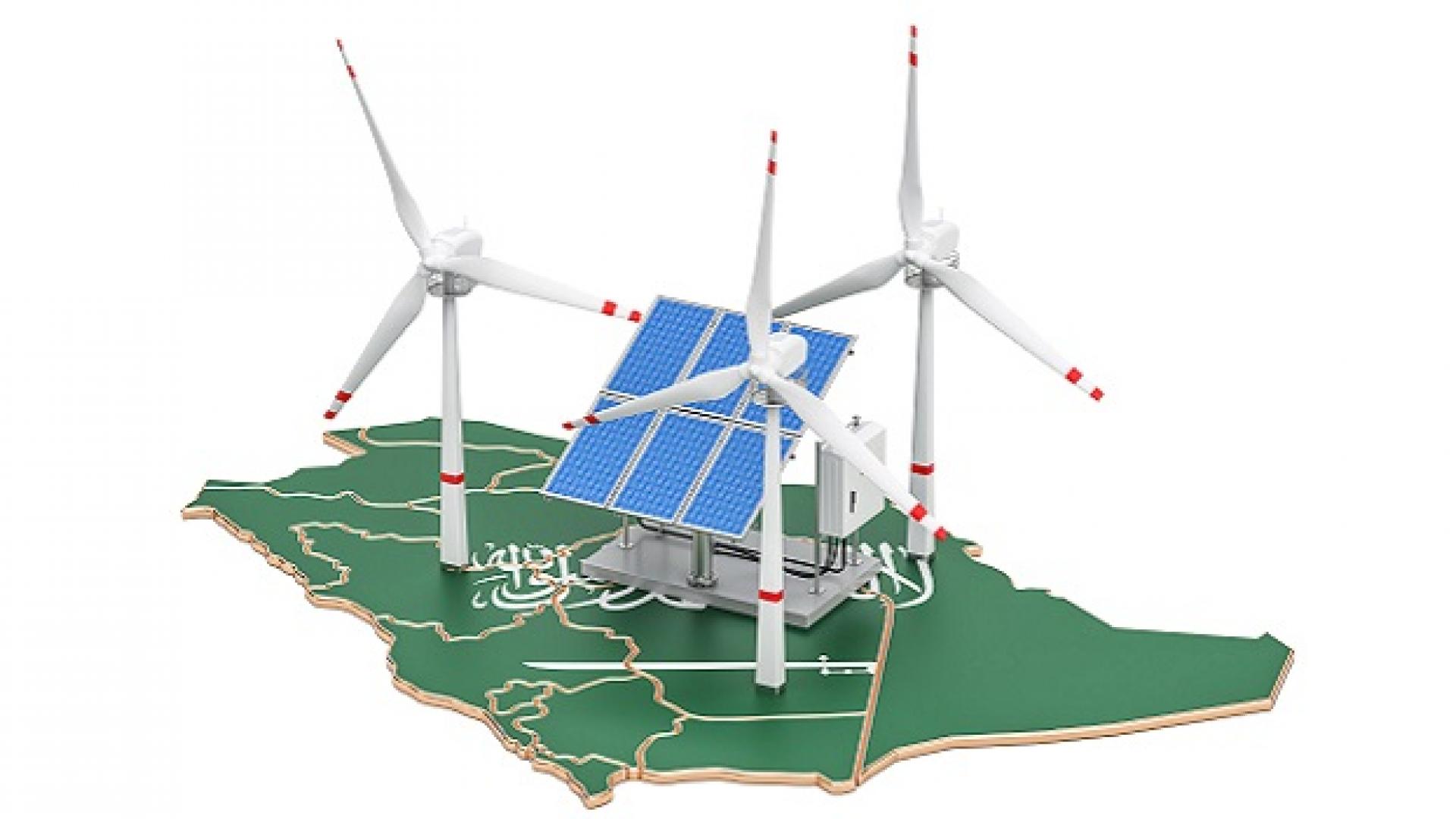© 2018 Olekcii Mach / Alamy Stock Photo
Using outputs from a high-resolution regional climate model, KAUST researchers have confirmed the potential for wind as a significant energy resource across the Arabian Peninsula. This is an important first step in developing a strategy for Saudi Arabia’s wind energy sector.
As part of an ongoing collaboration with the University of Notre Dame in the United States, Marc Genton’s research group recently turned its attention to how the latest regional climate models might inform an analysis of the potential for wind power across the Arabian Peninsula—a region that has very little recorded wind speed data, but also has complex topography and diverse terrain and meteorology.
“Saudi Arabia has mostly relied on fossil fuels for its energy needs, but this is changing due to the rising energy demand resulting from industrial development, urbanization and growth of its population,” explains Wanfang Chen, a doctoral student in Genton’s team. Wind power could therefore become a significant source of renewable energy, but the scale of the wind energy resource has yet to be rigorously quantified.
Read the full article

